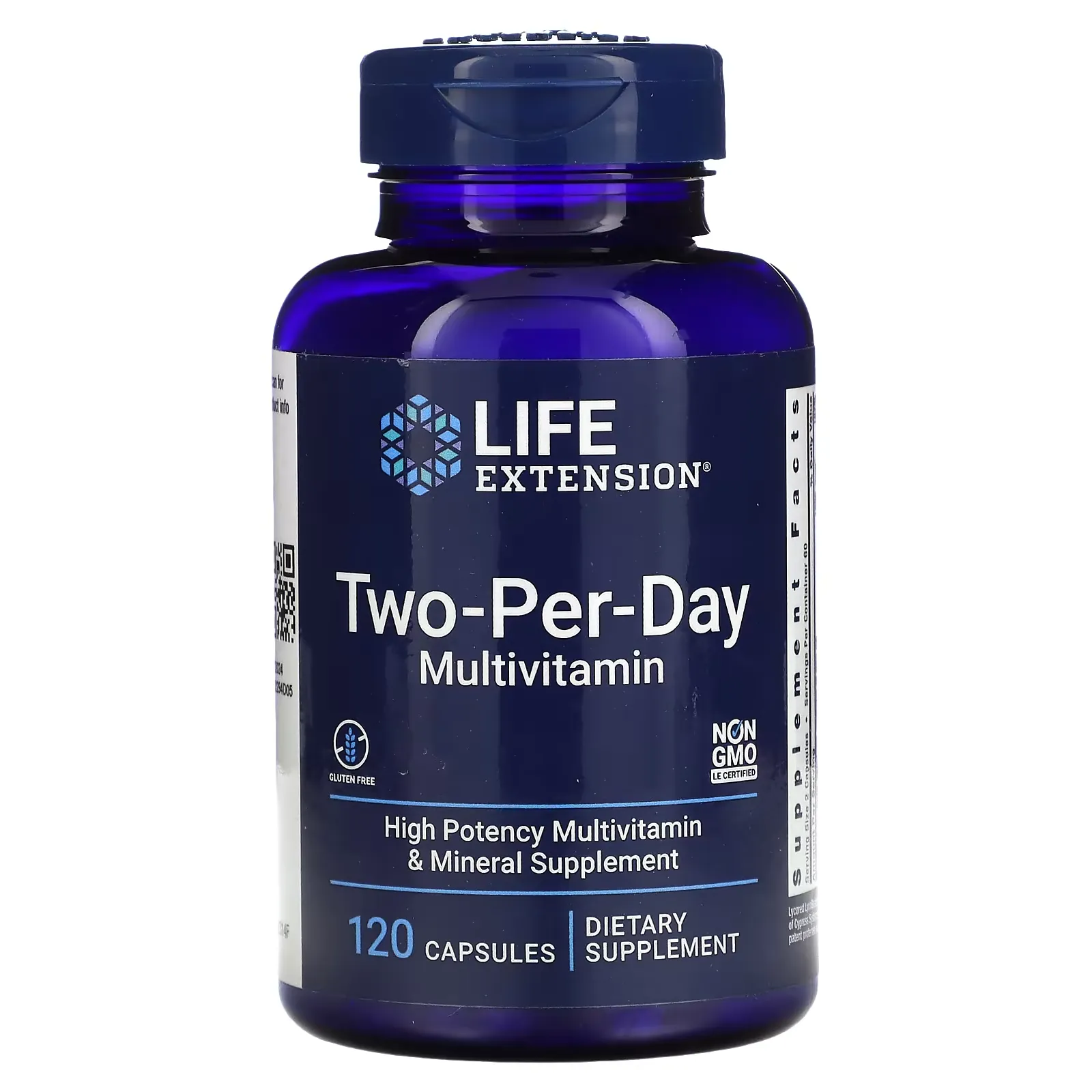Spoilers for this article
- ashwagandha (type of Indian cactus)isstressWidely used to reduce and improve health, it has been shown to cause hepatotoxicity.
- In a recent case report,ashwagandha (type of Indian cactus)Hepatic dysfunction has occurred after use of the product, highlighting the problem of hepatotoxicity.
- ashwagandha (type of Indian cactus)Herbs and foods containingsupplementsafety lacks solid clinical evidence, and risks to public health exist, so caution should be exercised.
“ashwagandha (type of Indian cactus)is it really safe? What isside effectIs there a "yes"?"
"Recently,ashwagandha (type of Indian cactus)を使い始めたけど、何か注意すべきことはある?”
“ashwagandha (type of Indian cactus)We are gathering information on the hepatotoxicity of "

The current study is called "ashwagandha (type of Indian cactus)is dangerousThe article is based on the stance that "the
In other words, this is not the usual "ashlab" claim.
However, we dare to introduce this information because we want the viewers of "AssurLab" to have a proper understanding of the advantages, disadvantages, and possible risks.
."ashwagandha (type of Indian cactus)causes hepatotoxicity.The medical community has been talking about the surprising report that "the
It is an important herb in Ayurvedic medicine that borrows from nature.ashwagandha (type of Indian cactus)However, new questions have been raised about its safety.
In this article,ashwagandha (type of Indian cactus)The report provides a detailed analysis of the latest research findings related to the hepatotoxicity and public health implications of
ashwagandha (type of Indian cactus)If you are interested in the results of the study on the hepatotoxicity of
What is ashwagandha in the first place?

ashwagandha (type of Indian cactus)(scientific name: Withania somnifera Dunal) has been used for thousands of years in Ayurveda, the traditional medicine of India, to treat both physical and mental health problems.stressThe herb has been used as an effective medicine, tonic, and even aphrodisiac.
Nowadays, the effectiveness of these products has been proven by modern science through various clinical studies, and they are attracting attention.
The fruit is an evergreen shrub of the eggplant family. The name comes from the horse's (ashwa) smell (ganda).
Some say it is named after the robust vigor of horses.
▼Recommended Articles

Basic information about the paper
We are pleased to introduce the 2023 announcement of the "Changing Perspectives: clarifying the risk of ashwagandha-induced hepatotoxicity.The paper is called.
| (data) item | information |
|---|---|
| Title. | Changing perspectives: unveiling the risks of ashwagandha-induced hepatotoxicity |
| author (usu. of a particular book, etc.) | Sergio Casiano-Manzano, Macarena Torres-Larrubia, Alberto Masa-Caballero, Zuliani Jiménez-Colmenarez, Elisa Martín-Noguerol, Miguel Fernández -Bermejo, Pablo Solís-Muñoz |
| Magazines | Rev Esp Enferm Dig |
| Year of Publication | 2023 |
case report
Patient Background and Symptoms
According to the data, a 33-year-old maleashwagandha (type of Indian cactus)He was admitted to the Gastroenterology Department of Caceres University Hospital for hepatotoxicity that may have been caused by

The patient had no medical history of note and had experienced symptoms of itching, jaundice, and darkening of urine for several days.
bloodliquidLaboratory tests showed an elevated total bilirubin of 10.7 mg/dL and direct bilirubin of 6.27 mg/dL, and increased transaminases.

The ALT/ALP ratio isbiliary cirrhosisHe suggested that the
- bilirubin
-
Bilirubin is a yellow pigment produced when red blood cells are broken down.
This substance passes through the liver and is eventually eliminated from the body.
Higher than normal levels of bilirubin may indicate abnormalities in the liver or bile ducts.
Bilirubin levels may also be elevated due to increased destruction of red blood cells.
- ALT/ALP ratio
-
The ratio of ALT (alanine aminotransferase) to ALP (alkaline phosphatase) is an indicator of whether the liver pathology is primarily biliary (damage to the biliary system) or hepatocellular (damage to the liver cells).
A more than 10-fold increase in ALT and a less than 3-fold increase in ALP suggest primarily hepatocellular damage.
Patient,stressManagement.ashwagandha (type of Indian cactus)and other liver diseases were ruled out.

His condition improved during hospitalization and his bilirubin level dropped to 4.5 mg/dL before discharge.
Diagnosis and course of treatment
About a month after discharge, the patient returned to the hospital experiencing worsening jaundice, dark urine, itching, and weight loss.
- jaundice
-
Jaundice (or icterus, as it is also called) is a condition in which the white areas of the skin and eyes turn yellow.
People with jaundice have problems with their liver not being able to properly process heme (which comes from hemoglobin).
- Symptoms of darker urine color
-
Symptoms of dark urine coloration can have several causes.
The most common cause is dehydration, which results in dark yellow urine,teaColor, orteaIt can be colorful.
Dehydration can be resolved by consuming more water.
However, if the color of the urine becomes very dark for several days, it may be a sign of a more serious health problem, such as a liver or gallbladder problem, and requires medical attention.

bloodliquidTests showed an increase in total bilirubin to 21.1 mg/dL and direct bilirubin to 15.3 mg/dL, with a slight increase in alkaline phosphatase.
- alkaline phosphatase
-
Alkaline phosphatase (ALP) is an enzyme found throughout the body. BloodliquidThe measurement of ALP in the test measures the level of ALP, which comes primarily from the liver and bone.
This test is included as part of a comprehensive metabolic panel.
High ALP levels in the blood may indicate liver disease or certain bone disorders, but an ALP test alone cannot diagnose a medical condition.
Patient.ashwagandha (type of Indian cactus)use of the drug was discontinued two months ago, and the use of other hepatotoxic substances was denied.

It scored 8 points on the RUCAM scale,ashwagandha (type of Indian cactus)The disease was classified as herb-induced liver injury (HILI), which could be attributed to
The patient's condition initially worsened, but corticosteroid treatment resulted in marked improvement.
- RUCAM Scale
-
The RUCAM (Roussel Uclaf Causality Assessment Method) scale is a scoring system proposed to establish a causal relationship between specific drugs and liver injury.
The scale is based on a score that rates the degree of suspicion of a drug as the suspected cause of liver injury as "definite or highly certain" (score >8), "highly certain" (score 6-8), "likely" (score 3-5), "unlikely" (score 1-2), and "excluded" (score ≤0) based on a score Classification.
- corticosteroid therapy
-
Corticosteroid therapy is an artificially created drug, naturally produced by the adrenal glandscortisolThis hormone is very similar to
These drugs are commonly referred to as "steroids," but male hormone-related steroids that athletes may abusecompoundThis is different from the
The mechanism of action of steroids is to decrease inflammation and suppress immune system activity.
Hepatotoxicity due to ashwagandha
Association of Ashwagandha with Liver Injury
ashwagandha (type of Indian cactus)(scientific name: Withania somnifera) is an herb and food widely believed for its health benefitssupplementbut recent studies have linked it to hepatotoxicity (liver damage).

In particular, a cholestatic pattern of liver damage is observed, characterized by recurrence of liver damage after initial improvement.
ashwagandha (type of Indian cactus)is improved physical performance,stressreduction, and improved sex life are widely recommended for health optimization, but there is little solid clinical evidence to support these claims.

It is only that "this paper claims that there is 'very little evidence'".
In fact, there are many studies that have been done, as you can see on our website.
Risk Assessment and Case Studies
ashwagandha (type of Indian cactus)The lack of reliable clinical evidence for health claims by the underscores the need for an evidence-based approach.

Especially for individuals with pre-existing liver disease,ashwagandha (type of Indian cactus)can cause life-threatening acute chronic liver failure.
- acute and chronic liver failure
-
Acute chronic liver failure (ACLF) is defined as a sudden and life-threatening deterioration of clinical status in patients with cirrhosis or chronic liver disease.
This condition is caused by acute damage to the liver (intrahepatic) or other organs (extrahepatic) and the definition includes the presence of extrahepatic organ failure associated with the chronic liver disease stage (cirrhosis or chronic hepatitis).
Therefore, the herbsupplementPublic education is essential to increase public health awareness of the risks associated with

This is expected to help prevent liver disease.
Safety of Herbs and Food Supplements
Regulations and issues in the market
Herbs and Foodssupplement(HDS) are widely popular because of their health benefits, but often do not undergo adequate preclinical safety and efficacy evaluations when they are introduced to the market.

among (other things)ashwagandha (type of Indian cactus)(scientific name: Withania somnifera) has attracted attention because of its association with herb-induced liver injury (HILI).
Previous reports have observed a cholestatic pattern of liver injury, but this case was characterized by initial improvement followed by recurrence of liver damage.

ashwagandha (type of Indian cactus)Despite the extensive publicity for the health optimization of the product, there is a conspicuous lack of solid clinical evidence to support these claims.
Public Health Implications
ashwagandha (type of Indian cactus)The lack of solid clinical evidence to support the health claims of the "Mere Old Man" underscores the need for an evidence-based approach.

Especially for individuals with pre-existing liver disease,ashwagandha (type of Indian cactus)can cause life-threatening acute chronic liver failure.
Therefore, the herbsupplementPublic education is essential to increase public awareness of the risks associated with

This is important to prevent liver disease.
Summary and Recommendations for Public Health
Perceived Risks of Ashwagandha Use
ashwagandha (type of Indian cactus)It is important to raise public awareness of the risks associated with the use of
In particular, theashwagandha (type of Indian cactus)is physical performance improvement,stressAlthough widely recommended for health optimization, including reduction and improvement of sexual health, robust clinical evidence supporting these claims is notably lacking.

Therefore, the herbsupplementThere is a need to increase public awareness of the potential dangers associated with
Especially for individuals with pre-existing liver disease,ashwagandha (type of Indian cactus)can cause life-threatening acute chronic liver failure.
Future Research and Educational Directions
ashwagandha (type of Indian cactus)The lack of solid clinical evidence to support the health claims of the "Mere Old Man" underscores the need for an evidence-based approach.

Public education is herbalsupplementand is essential for the prevention of liver disease by raising awareness of the risks associated with
Therefore, future research should be conducted on herbalsupplementshould move in the direction of contributing to improved public health by providing evidence on the safety and efficacy of
summary

How was it? I would like to conclude by summarizing the contents of this article.
Summary of this article
- ashwagandha (type of Indian cactus)Health effects and risks of:ashwagandha (type of Indian cactus)school (e.g. of ikebana)stressAlthough the herb is believed to have many health benefits, including alleviation and immune enhancement, it has been shown that a risk of hepatotoxicity exists.
- Findings in Case Reports:In a recent case report,ashwagandha (type of Indian cactus)Hepatic dysfunction occurred with use, particularly cholestatic liver damage was observed.
- Herbs and FoodssupplementMarket regulation of theHerbs and Foodssupplementmarkets are poorly regulated,ashwagandha (type of Indian cactus)Many products, including many that have not undergone adequate safety evaluations, are on the market.
- Public Health Impacts:ashwagandha (type of Indian cactus)The lack of credible clinical evidence regarding the safety of the product suggests a potential risk to public health.
- herbsupplementCareful evaluation in the use ofThis study,ashwagandha (type of Indian cactus)and other herbssupplementemphasizes the need to carefully evaluate the risks and benefits when using

That's all for this article. Thank you for reading to the end.
Disclaimer
This site is primarily intended toashwagandha (type of Indian cactus)to provide information about the results of the study and not to provide medical advice.
It is not intended to diagnose, treat, or prevent any specific disease or condition.
Always follow professional advice when using the information on this site.
We also cannot be held responsible for any loss or damage that you may suffer as a result of acting on the basis of the information on this site.
Use of AI in Content Generation
This website uses AI-based automatic generation for some content.
The information generated by this automatic generation is checked against actual references and articles, and great care is taken to ensure accuracy and reliability.
It is also intended to enhance the transparency and credibility of this site by appropriately disclosing content created through automatic generation.
We believe that this site can provide richer and more useful content through automation and AI-based content creation, which will enable us to provide information more quickly and accurately.




